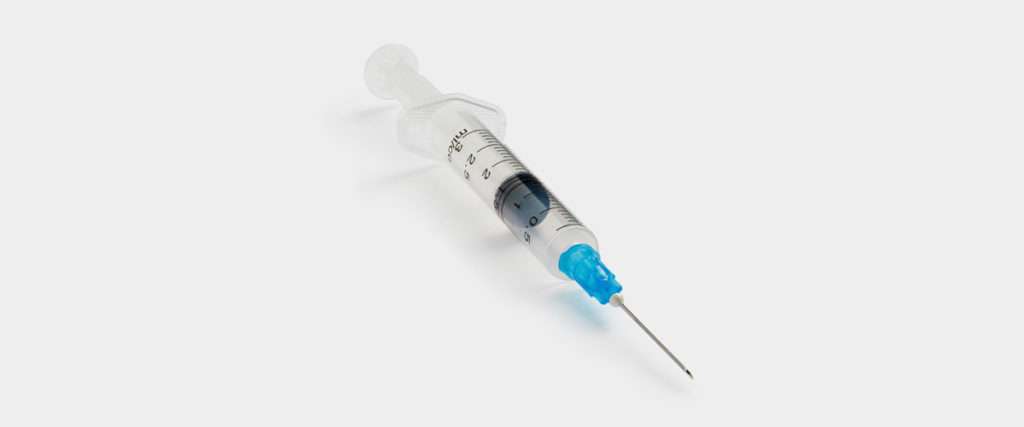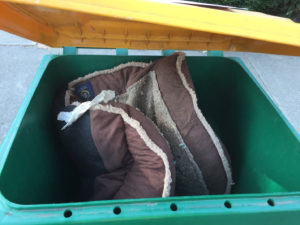
5-6-18
Living green at home may be second nature to you, but traveling comes with its own set of environmental concerns. However, a vacation doesn’t have to mean a vacation from being eco-friendly. Use these 5 tips to make your next vacation easier on the environment.
1. Look for Green Destinations
The Global Sustainable Tourism Council has numerous resources for selecting green destinations. Hotels in particular can present a host of environmental concerns. Before booking, search online to find locations with in-house green programs and sustainable certifications. Outside of the hotel, take advantage of the beauty, entertainment and relaxation that nature itself provides. A scenic hike, bike or picnic could be the greenest part of your vacation. Just remember to stay on paths and avoid feeding any wildlife.
2. Don’t Leave Waste at Home
Your opportunities to reduce waste start before you even leave the house. You’ll probably remember to leave all your lights off, but that’s not the only way to prevent wasted energy. Many electronic appliances use power while they’re not even running. Unplug all your appliances or plug them into a power strip that you can shut off to prevent this “phantom energy loss.” Put your thermostat on a schedule that will protect your home from extreme temperature damage but use minimal energy otherwise. Finally, check your fridge for food that will spoil while you’re away. If you can’t freeze it and don’t have time to use it yourself, try to donate it or give it to a friend.
3. Pack Smart
Now that your home is ready, it’s time to pack. Planes, trains and automobiles all use more fuel when carrying heavier loads, so try not to pack inessential items. Also, avoid relying on disposable containers while traveling by bringing your own reusable water bottle, reusable bags and refillable toiletries. If you plan on a day at the beach, pack a biodegradable sunscreen that doesn’t have one of these harsh chemicals. Chemicals in your sunscreen will wash off in the water, bleaching coral reefs and harming aquatic wildlife. Instead, find a healthier sunscreen with some help from the Environmental Working Group.
4. Travel Green
Choosing how you reach your destination is another opportunity to reduce waste. For an estimate of the pollution your trip will produce, use Carbon Footprint’s Carbon Calculator. Trains are one of the greenest ways to cover long distances. If you need to fly, try to book a flight with the fewest connections. Renting a fuel-efficient car is another way to reduce pollution and save money. If you’re a fan of tour groups, smaller groups tend to be less wasteful than larger ones.
5. Think Like a Local
Thinking like a local can reduce waste in all kinds of ways. Public transport is almost always the greenest way to travel when you can’t walk or bike. Try taking local busses and trains instead of renting a car. Eat locally grown foods and consume locally brewed beverages — you’ll not only immerse yourself in the culture, you’ll also reduce waste created by international shipping. Finally, remember to recycle — recycling abroad might not be as easy as at home, but the effort will be appreciated by locals.








